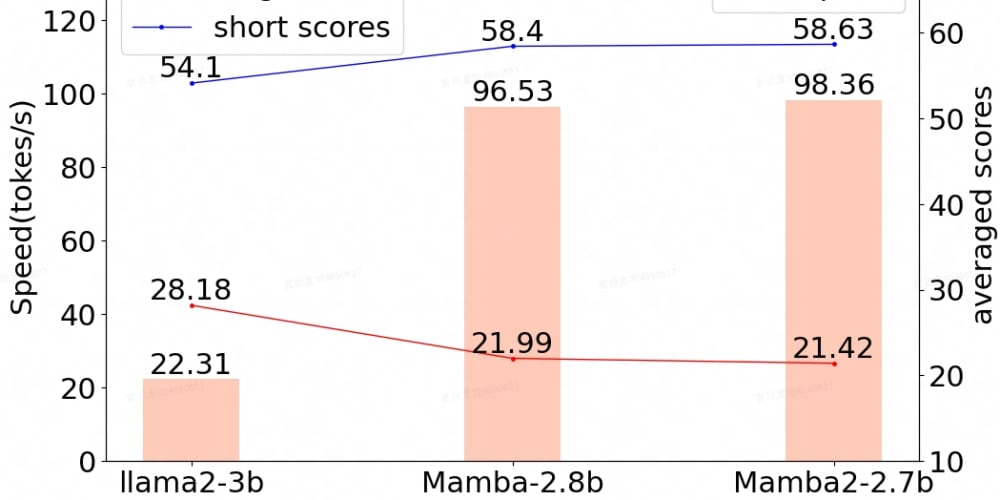Welcome to our post on the viability and comparison between SQL and NoSQL databases! In this article, we will dive into how these two types of databases serve different needs and provide specific advantages for web developers and businesses. We’ll focus on two popular databases: PostgreSQL (SQL) and MongoDB (NoSQL), as well as the powerful search and analytics engine, ElasticSearch.
For more insights and to explore my other repositories or access this post in Portuguese, be sure to visit my GitHub profile at my GitHub.
📊 General Comparison Between SQL and NoSQL
Here’s a quick comparison of SQL (PostgreSQL) and NoSQL (MongoDB, ElasticSearch):
| Aspect | SQL (PostgreSQL) | NoSQL (MongoDB, ElasticSearch) |
|---|---|---|
| Structure | Rigid, table-based schema. Ideal for structured data. | Flexible schema, great for unstructured or semi-structured data. |
| Consistency | Follows ACID, ensuring consistency and secure transactions. | Based on BASE model, eventual consistency. |
| Scalability | Vertical scaling, options for sharding and partitioning for horizontal scale. | Horizontally scalable, supports distributed large data volumes. |
| Queries | Excellent for complex queries and relationships between data. | Efficient for simple queries (MongoDB) or text searches (Elastic). |
| Performance | Ideal for read/write operations requiring consistency and transactions. | High performance in massive read/write operations. |
🐘 PostgreSQL: When to Use?
-
Appropriate Scenarios:
- 🏦 Financial applications: Requires data consistency and integrity.
- 🏢 ERP, CRM systems: Handle complex SQL queries with structured data.
- 🔐 Critical consistency: Like inventory control or financial transactions.
-
Statistics:
- 🚀 Annual adoption growth of 20%.
- 🔝 Ranked among the Top 5 databases globally by DB-Engines.
🍃 MongoDB: When to Use?
-
Appropriate Scenarios:
- 🌐 Web apps with unstructured data: Great for e-commerce, social media, content management.
- 🌍 IoT applications: Handles sensor data and logs on a large scale.
- 🗺️ Geospatial data: Native support for geospatial queries.
-
Statistics:
- 📈 48% growth in adoption during 2023.
- 🥇 Most popular NoSQL database, ranked 5th overall in DB-Engines.
🔍 ElasticSearch (Kibana): When to Use?
-
Appropriate Scenarios:
- 🔎 Text search and log analysis: Ideal for large volumes of log/text data.
- ⏱️ Real-time data: Monitoring and analyzing metrics in real time.
- 📊 Big Data and Time Series: Efficient for storing and indexing distributed data.
-
Statistics:
- 🏆 Used by 70% of Fortune 500 companies.
- 📊 Reported to improve operational efficiency by 30%, according to Elastic Reports.
📈 Market Considerations
- PostgreSQL: Trusted in the corporate world for reliability and standards compliance, often used in banks and fintech sectors.
- MongoDB: Preferred by startups and companies needing scalability. Used by Uber and Facebook.
- ElasticSearch: Essential for SaaS and real-time observability. Companies like Netflix and Spotify use it for log analysis and monitoring.
🏁 Conclusion
- PostgreSQL: Ideal for consistency, SQL standard compliance, and structured systems.
- MongoDB: Best for unstructured data and scalable IoT and Web Apps.
- ElasticSearch: Perfect for text searches, logs, and real-time monitoring.



















